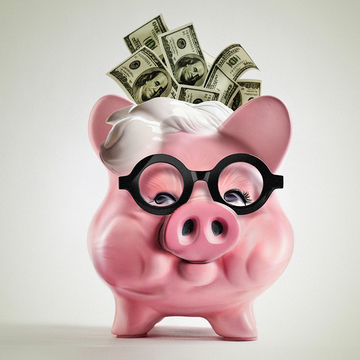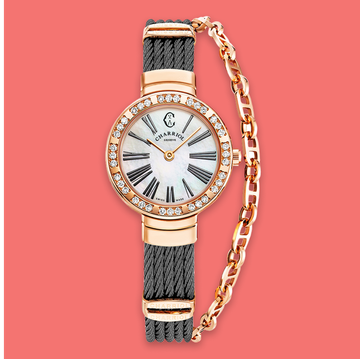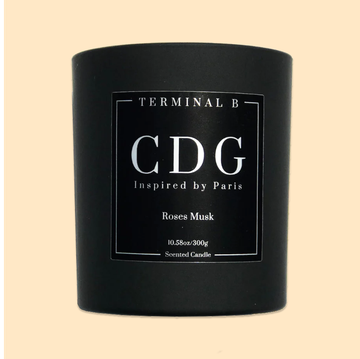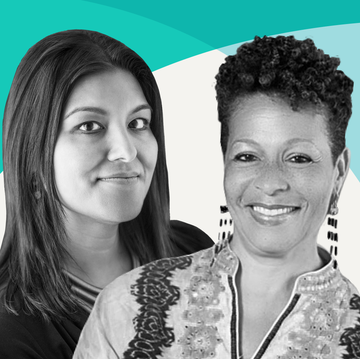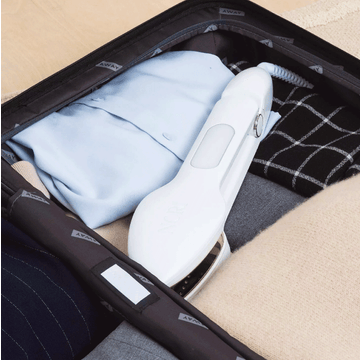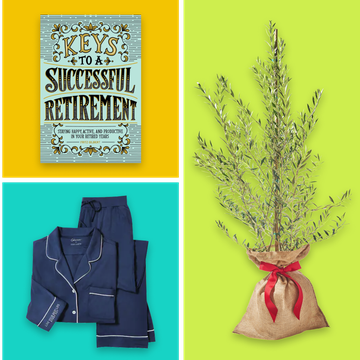American women know a lot. For instance, they know that, on average, they live seven years longer than American men. Most of them want to invest so those years (and all the ones leading up to them) will be financially secure ones. Many of them know the current American economic system is rigged against us. Let Financial Feminist author Tori Dunlap count the ways: On average in the U.S., women still earn only 83 cents for every dollar a man makes. No, it’s not just because of that often coughed-up excuse that women choose lower-paying professions, such as teaching and retail. On average, female CEOs earn only 75.6 cents for every dollar their male counterparts make.
We know it wouldn’t be as bad that we earn less if we had to spend less. But the “pink tax” means it flat-out costs more to be an American woman than an American man. We pay more for everything from razors to haircuts to dry-cleaning (women’s blouses and dresses cost more to clean than men’s shirts and suits) to the price of homes (men are conditioned to drive harder bargains) to mortgages (no one knows why). Toys marketed to girls even cost more than toys marketed to boys (another mystery). And 27 states tax menstrual products as “luxury goods” (given the numbers on male leadership in many state houses, maybe less of a mystery?).
Despite all that, American women somehow manage to have less credit card debt than American men. The problem is we pay more for it. Why? Women are more likely to carry balances and more likely to only pay the minimum amount due. Why? See wage and expense gaps above.
More From Oprah Daily

That’s why most of us know about the need to invest. Saving is not enough, Dunlap stresses. The return on even a high-yield savings account doesn’t come close to keeping up with inflation. Parking your money in one actually costs you money. The stock market, on the other hand, averages nearly a 7 percent annual return, adjusted for inflation.
Dunlap says that women tend to start investing in the market later than men. This makes sense. They earn less, so they need more of their income to live on. But that’s not the only reason for the delay, she says. It’s likely not the main one keeping them from investing even a few dollars every month. “The biggest thing I see holding women back from investing is a fear of making a mistake,” Dunlap says. “Women feel like they need to know everything about the stock market, or be able to pick the perfect investment portfolio, or choose the best investment platform.” But how often in life are we perfect? The truth is women just need to get started because the only wrong decision when it comes to investing is not doing it at all, says Dunlap.
If you share this fear—not so much that the markets will fluctuate but that you don’t know enough—consider this: Women are better investors than men. On average, we make higher returns. Why? Men react more emotionally, pulling out their money when the market dips. They also check their portfolios compulsively and make trades impulsively. Women, on the other, are the strong, steady types.
Dunlap recommends keeping it simple: Open a 401K or an IRA. Chose a risk level you’re comfortable with. Automate a monthly contribution, and voilà, you’re done with that. If you want and can do more investing, don’t bother trying to pick individual stocks. Choose a low-cost index fund, mutual fund, or EFT. “You work hard for your money—you want your money to work hard for you,” Dunlap says. “For years. Even decades.”
There is one more thing Dunlap says you can do for women’s long-term financial wellness: “Demand that our society better supports women.” She advocates for paid family leave, healthcare that is not tied to jobs, a minimum wage that can actually support a family, and equal pay for equal work.
In the meantime, she says, keep investing, even if imperfectly.
Amanda Robb is a Newhouse Mirror Award–winning New York-based journalist, who recently produced season seven of the podcast Someone Knows Something.



